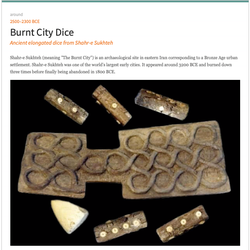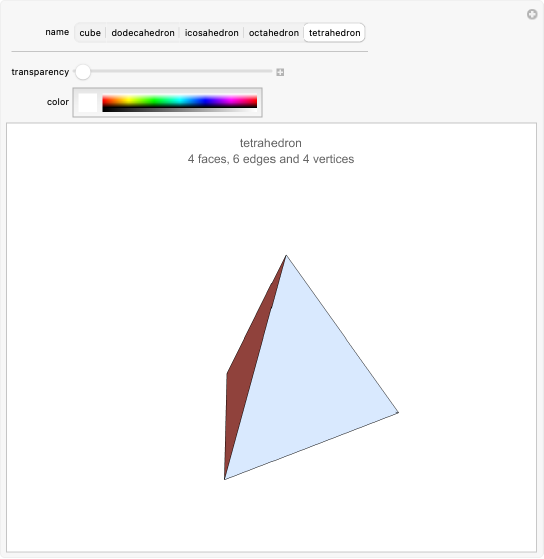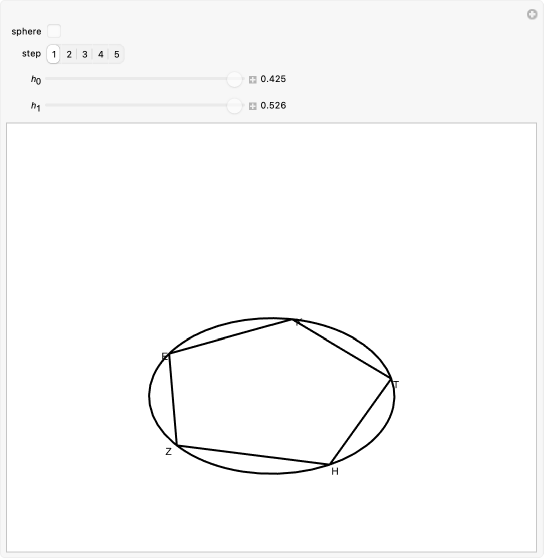around 1–100 CE
Icosahedral Die with Divine Entities
Rolling divinities on an icosahedral die
This unique slightly irregular icosahedral die from Greco-Roman Egypt, likely dating to around 1–100 CE, contains the name of a divine entity on each of its 20 faces.

In contrast to other icosahedra known from Greco-Roman Egypt, this die is not inscribed with Greek or Latin letters but with divine names written in Demotic script. It was found at Qaret el-Muzzawaqa, Egypt at the western end of the Dakhla Oasis in the 1980s and is now is housed in the Kharga Heritage Museum.


















